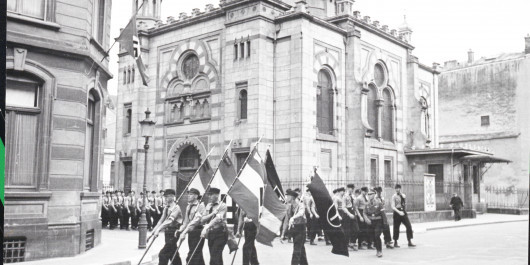Shoah Memorial Trail in Luxembourg City
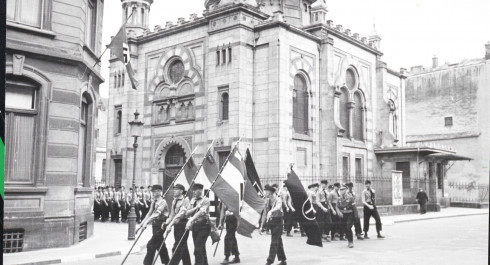
Shoah Memorial Trail in Luxembourg City
Let us not forget the Shoah victims!
The two-hour Shoah Memorial Trail in Luxembourg City offers an insight into the wiping out of Jewish life in Luxembourg by Nazi Germany.
The non-profit association MemoShoah Luxembourg initiated this memorial trail so that the fate of the approximately 4000 Jews who lived here on the day of the German invasion will be remembered. The path leads past well-known and lesser-known places that played a key role in Luxembourg with regard to the Shoah.
The trail starts at the main railway station in Luxembourg City, where a total of seven deportation trains deported 658 Jews to various ghettos and extermination camps from 1941 onwards, and ends at the Kaddish Monument, which commemorates the fate of the Jews living here who fell victim to the anti-Semitic persecution and extermination policies of the Nazi occupying power. Around 1200 of the original 4000 Jewish residents of Luxembourg did not survive the Shoah; about 130 lost their lives in the resistance struggle against Nazi Germany in France and Belgium. Despite this, it was not until 2016 that Jews were recognised as a group of Luxembourgish victims of the Nazi regime, alongside the two well-established groups: the victims of forced recruitment in the German armed forces and the victims of the anti-Nazi resistance struggle.
Points of interest on the map
Points of interest
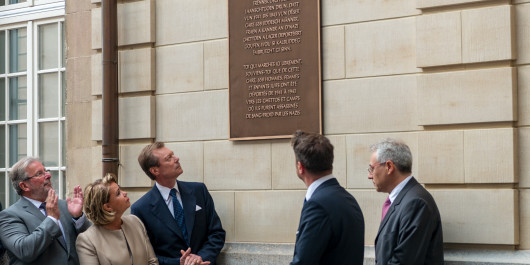
1. Central Station - Deportations
Of the almost 4000 Jewish residents of Luxembourg at the beginning of the war, only about 60 were still living in Luxembourg in so-called “mixed marriages” at the end of the war. On 10 May 1940, the d...

2. Former seat of the Nazi civil administration of Luxembourg (1940-1944)
After the invasion of German troops on 10 May 1940, Luxembourg was initially placed under German military administration, which was replaced by a German civil administration in July 1940. On 21 July 1...
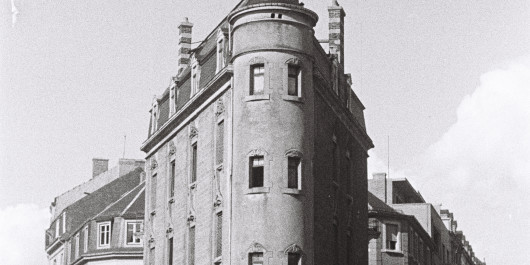
3. Former jewish school
At the beginning of the 1940/41 school year, all schools in the country were required to draw up lists of names of Jewish pupils. From 1 November 1940, Jewish pupils were excluded from the public scho...

4. Villa Pauly - former Gestapo headquarters (1940-1944)
Villa Pauly was built in 1923 by the Luxembourg surgeon Dr Norbert Pauly and served as his home and medical practice. When the German troops occupied Luxembourg on 10 May 1940, Dr Pauly was on holiday...
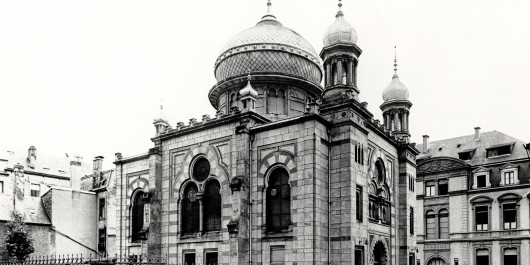
5. Old Synagogue
Luxembourg's first synagogue since expulsions of Jews in past centuries was inaugurated in 1823 and was located near the "Kaddish" Shoah memorial, inaugurated in 2018. It was replaced by the much...
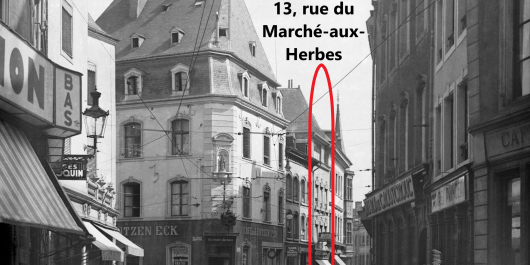
6. Albert Nussbaum: the Luxembourgish Emigration Helper
Albert Nussbaum was born on 4 February 1898 in Monneren, near Thionville. Shortly after his birth, the family moved to Differdange, a small town in the south of Luxembourg, where his father Gustave Nu...
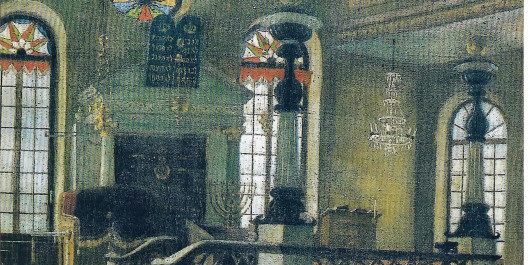
7. Location of Luxembourg's Synagogue from 1823
In 1821, the Jewish community in Luxembourg City acquired a house in Rue du Séminaire, where they established a Synagogue. In 1823, the Synagogue was inaugurated and run by Pinhas Godchaux. It had a c...
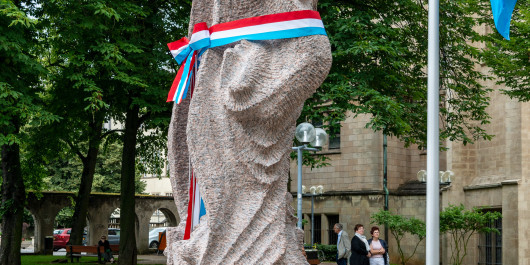
8. Kaddish Monument
The Luxembourg Memorial for Shoah victims was inaugurated on 17 June 2018, 75 years after the last deportation of Jews from Luxembourg to the East. It commemorates the persecution, deportation and mur...
Important information
Duration
2 hours
Infos
Copyright: MemoShoah Luxembourg asbl.
Audio guide
With the help of an audio guide, the two-hour Shoah Memorial Trail in Luxembourg City offers an insight into the wiping out of Jewish life in Luxembourg by Nazi Germany.

